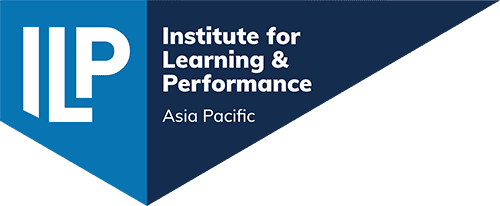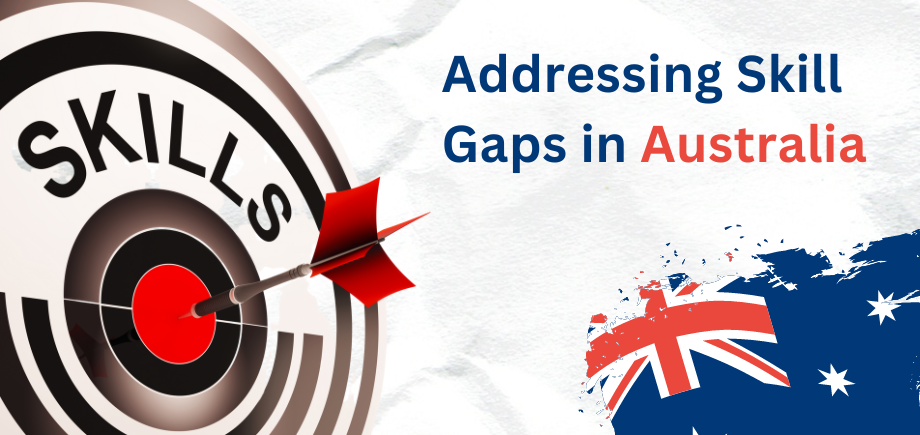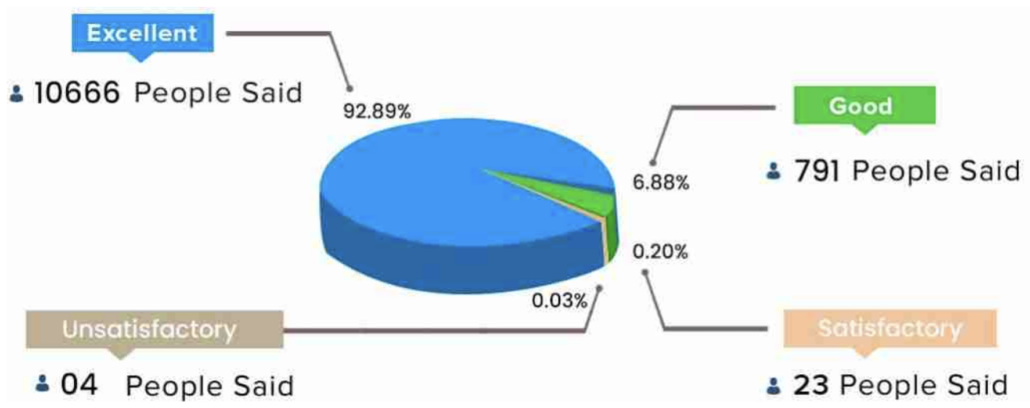Addressing Skill Gaps in Australia
Organisations face the ongoing challenge of ensuring their employees possess the necessary skills.
Skill gaps occur when there’s a mismatch between what an employer requires for a particular role and what an employee has.
Here are some strategies that can be used to tackle this:
Strategy 1: Regular Skills Assessment
Companies routinely conduct skills assessments as part of their employees’ performance reviews. This method enables them to evaluate current skill levels accurately against the requirements for current or future roles.
They can implement targeted training programs effectively by identifying areas where improvement is needed.
Strategy 2: Self Assessment And Third Party Assessments
In addition to performance reviews, companies also have their employees undertake self-assessment tests; outside parties administer some employers’ evaluations (third-party assessments).
This technique helps detect gaps in employees’ skill sets while providing valuable insights into areas where employees need improvement.
To improve performance and meet organisational goals, individuals should consider self-assessments that enable reflection on capabilities while identifying areas for improvement.
Alternatively, third-party assessments conducted by external experts ensure an unbiased evaluation of employee skills resulting in a comprehensive understanding of skill gaps within the organisation.
After identifying skill gaps, an effective way for organisations to address them is through tailored training programs designed for employees’ specific needs. This equips employees with the necessary abilities required in their positions while giving them the support needed to excel.
Training comes in different modes, such as internal or external trainers doing in-house training programs.
Online learning platforms offer interactive courses with flexible schedules so employees get equipped at their own convenient pace. These digital classes are accessible anywhere while being informative enough to cover all relevant topics.
Balancing work responsibilities with individual growth can be challenging, but online learning programs make it possible for individuals striving to bridge skill gaps.
Strategy 3: Collaboration with Educational Institutions
Apart from the above, organisations can support their employees’ professional growth by encouraging enrolment in relevant external courses or certifications that match their roles.
External training providers partnering with companies ensure that industry-recognised training is available for the workforce to build necessary skills.
In Australia today, there’s a growing trend of companies collaborating closely with educational institutions to address existing skill gaps’ challenges adequately. For instance, co-creating courses are one-way organisations develop curriculum alongside universities & vocational education providers, aligning it properly alongside industry requirements intended to impart invaluable knowledge & skills effectively.
Strategy 4: Industry Experience
Moreover, apart from co-creating course options through such collaborations, the other option is internships & work experience programs targeting students & fresh university graduates, building requisite competencies among participants across job disciplines.
When participants engage in these programs, they can acquire practical skills while being exposed to real-world work environments. This experience is incredibly valuable for their careers. Organisations benefit from actively engaging with educational institutions, enabling them to shape future employees’ skills and competencies.
There is often a disconnect between academic studies and what’s required practically in the industry; hence organisations have opted for diverse ways of bridging the gap. For example, some invite industry experts as guest speakers to educational institutions – this intervention provides real-world insights, experiences & guidance invaluable for learners’ career development.
Conclusion
Australian companies are grappling with significant skill gaps, challenging their competitiveness in a rapidly evolving business landscape. Addressing these issues necessitates strategically implementing regular skills assessments, tailored training programs, and collaborations with educational institutions.
Businesses should prioritise identifying the specific skill needs for each role and distinguish the areas where skill gaps exist in relation to employee expertise levels. Investment in targeted education across their workforce can help companies build a skilled, flexible team that can adapt to industry shifts.
Frequent skills assessments and custom training programs are essential. The effectiveness of these skill gap initiatives can be measured by tracking key metrics such as improvements in employee performance, higher employee satisfaction levels, reduced turnover rates, and increased organisational agility.
Gathering qualitative feedback from stakeholders can also provide insights into the success of these strategies.
By investing in employee training, organisations can nurture talent and position themselves as thought leaders in their respective industries. This strategy will ultimately result in heightened productivity and a more agile workforce known for delivering superior results.





